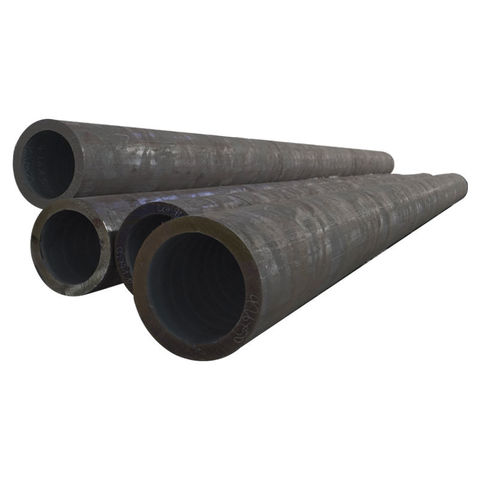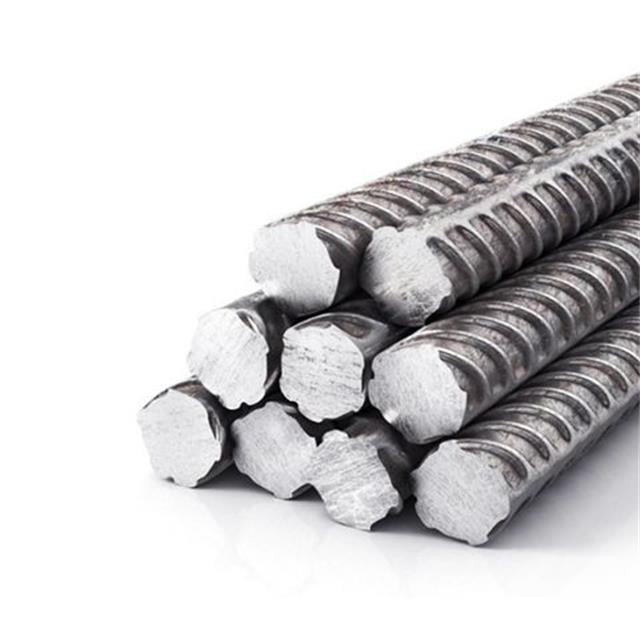Have steel prices stabilized around $900/ton, or is this a breather before prices continue to drop? Hiko Photos/iStock/Getty Images Plus
I’ve been a little surprised to see steel sheet prices relatively stable after falling for most of Q2. SMU’s average hot-rolled coil (HRC) price has been hovering a little below $900/ton ($45/cwt). Copper Tube

Are we witnessing a rare sight—namely, stable sheet prices?
Some of you have cited companies coming back to the market after typical seasonal shutdowns in early July; the unplanned outage at Steel Dynamic’s troubled steel mill in Sinton, Texas; and resilient demand. The latter is pretty amazing given the continuing worries about the eventual impact of higher interest rates and tighter lending standards.
On a more basic level, some of you tell me that some mills simply had not been willing to go below $900/ton in recent offers. Again, that wasn’t the result that I was expecting, so I went back through some of SMU’s survey data to see what I might have missed.
For starters, nearly 75% of respondents think that HRC prices have bottomed or will by the end of August (see Figure 1).
That’s a big change from prior surveys, when many people didn’t think prices would bottom until the fall. I’m not going say that perception is reality. But it can exert more influence than you might think.
Also, nearly 70% said they were off the sidelines and active buyers, the highest reading we’ve seen since Q1, a period of rising prices (see Figure 2).
In addition, we’ve seen a boost in the number of people reporting stable or increasing demand (see Figure 3).
There, too, it’s the best reading we’ve seen since Q1. I don’t want to conclude too much from one survey result. But it’s worth watching to see whether these trends continue.
Finally, I know lead times are widely seen as a leading indicator of price moves. (I know not all of you agree with that, but I digress.) We haven’t seen lead times improve yet. We’re still roughly 4-5 weeks on average for HRC. However, expectations around lead times have improved (see Figure 4).
More people expected lead times to fall in early/mid-March than do now. That’s notable because HRC prices were still rising in March. Are expectations of stable lead times now a potential precursor to stable prices just as expectations of lower lead times in March/April preceded falling prices?
Fun aside: ChatGPT, which I tinkered around with in early June, predicted sideways prices when that was hardly the consensus view. Was that a surprisingly accurate forecast or just an AI hallucination that got lucky?
I know some of you don’t buy into any notion of stable or rising prices. You might make the logical case that prices should decline on increased domestic capacity, higher import volumes, and stable/weaker demand.
Here’s one potential red flag: Some of you have told me that your mill reps, after initially offering HRC at $900/ton, have come back and asked if another look might be needed to get your order. That’s not something mills typically do if business is strong. (Also of note: We’re not talking huge tons here.)
Why might some mills be holding the line on $900/ton and trying to get $950/ton even as others seem willing to cut deals?
Among the potential reasons are wide variations in lead times. I know that certain mills, when this article was filed in mid-July, were near to closing out September on coated products. I also know that other mills had HRC lead times that were shrinking, only three weeks in some instances.
That’s not anything on its own to write home about. Electric arc furnaces and slab re-rollers often have shorter lead times than integrated mills. That said, it’s hard to enforce target prices of $900/ton to $950/ton for HRC if your lead times are only three to four weeks.
Again, many of our readers expect lead times to improve, or at least stabilize, over the next two months. I’ll be curious to see where prices and lead times trend in the weeks ahead.
We crossed a big threshold recently with SMU’s Steel Summit conference: More than 1,000 people are attending the event on Aug. 21-23 at the Georgia International Convention Center (GICC) in Atlanta.
You can learn more about the conference here. After you register, you’ll receive login information for the Steel Summit app, so you can start networking and scheduling meetings.
Our hotel blocks at the GICC are sold out. But don’t let that deter you from attending Steel Summit. There are still plenty of hotels available within about two miles of the event:
The Fabricator is North America's leading magazine for the metal forming and fabricating industry. The magazine delivers the news, technical articles, and case histories that enable fabricators to do their jobs more efficiently. The Fabricator has served the industry since 1970.
See More by Michael Cowden
Find The Fabricator on Facebook
Find The Fabricator on Twitter
Easily access valuable industry resources now with full access to the digital edition of The Fabricator.
Easily access valuable industry resources now with full access to the digital edition of The Welder.
Easily access valuable industry resources now with full access to the digital edition of The Tube & Pipe Journal.
Easily access valuable industry resources now with full access to the digital edition of The Fabricator en Español.
In this episode of The Fabricator Podcast, and in partnership with Miller Electric, Andy Weyenberg from Miller's motorsports...
© 2023 FMA Communications, Inc. All rights reserved.

Copper Cathode Germany Not yet registered? Sign up